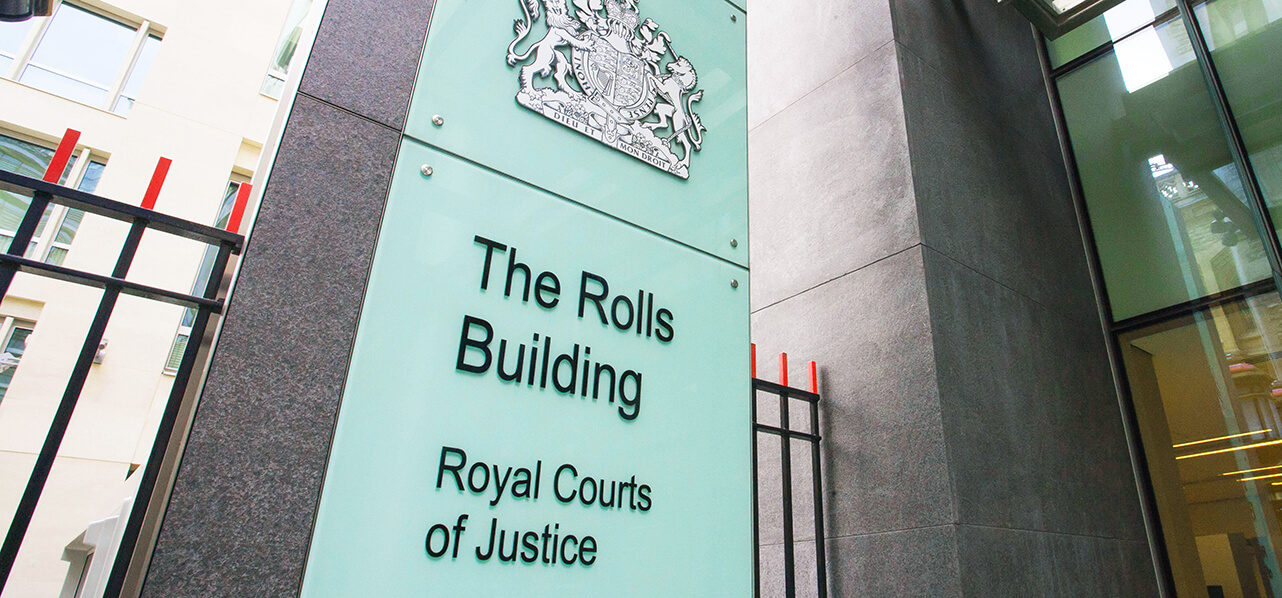A recent Court decision confirms a two-tier system applies for collateral warranties with far-reaching implications for construction projects and real estate transactions. In Toppan Holdings Limited and another v Simply Construct (UK) LLP, the Technology and Construction Court (“TCC”) has provided rare guidance on whether collateral warranties given on construction projects are “construction contracts” within the meaning of Section 104 of the Housing Grants, Regeneration and Construction Act 1996 (the “Act”) and whether an adjudication can be brought under collateral warranties.
Ever since the 2013 judgment in Parkwood Leisure¹, collateral warranties may be construction contracts dependent on the interpretation of their terms. However judicial guidance on the application of the Act to collateral warranties has since been sparse, with no further reported High Court authority on the topic.



